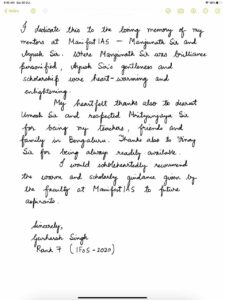The Indian Agriculture is highly prone to Desert Locust. The Desert Locust is a trans-boundary pest which can cause irreparable damages. Locust Control and Research is a sub component under the Sub Mission on Plant Protection and Plant Quarantine (SMPPQ), a scheme under Green Revolution (Krishonnati Yojana) through which regulatory, monitoring, surveillance and capacity building functions are performed.
Strategy for Locust Control
In order to keep the menace of locust at bay Locust Warning Organization (LWO) has been established with the Directorate of Plant Protection Quarantine and Storage, Ministry of Agriculture & Farmers Welfare. It is responsible for monitoring, survey and control of Desert Locust in Scheduled Desert Areas mainly in the States of Rajasthan and Gujarat.
The Department has 11 Locust Control Offices (LCOs) established under LWO in the scheduled desert area of Rajasthan and Gujarat. The LWO monitors, forewarns and controls locust in the scheduled desert area, conducts research on locust and grasshoppers, keeps liaison and coordination with National and International Organizations and undertakes human resource development through training and demonstration.
The strategy consists of regular surveys to provide early warning and contingency planning to allow early and effective response before the situation becomes out of control. LWO (comprising all field units) undertakes regular surveys in the scheduled desert area of Rajasthan and Gujarat to monitor the presence of desert locust and ecological conditions. During the survey, an assessment is made to determine, if the locust numbers have crossed the economic threshold level (ETL) which is 10,000 adults/ha. and 5-6 hoppers/bush that may require control.
The constant watch and surveys are undertaken in desert areas with green vegetation (surface) and about two weeks after receiving the rain. These surveys are done regularly during the entire year, but most importantly from May to November when desert locust activity is considered at its peak due to congenial breeding conditions. This coincides with the monsoon season in Rajasthan and Gujarat. During this time, the frequency of surveys is doubled from May to November as compared to December to April.
[The Food and Agriculture Organization (FAO) of the United Nations provides locust situation, current upsurge, desert locust bulletin and risk map as part of its Locust Watch initiative. The initiative aims to monitor the world-wide locust situation and keep affected countries and donors informed of expected developments].
















